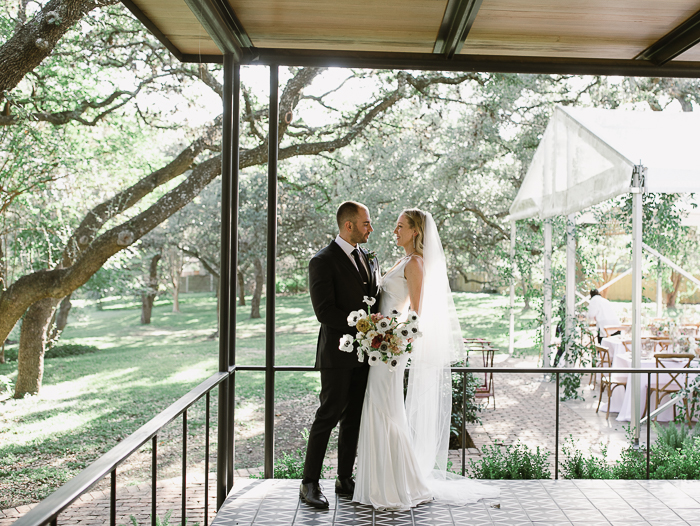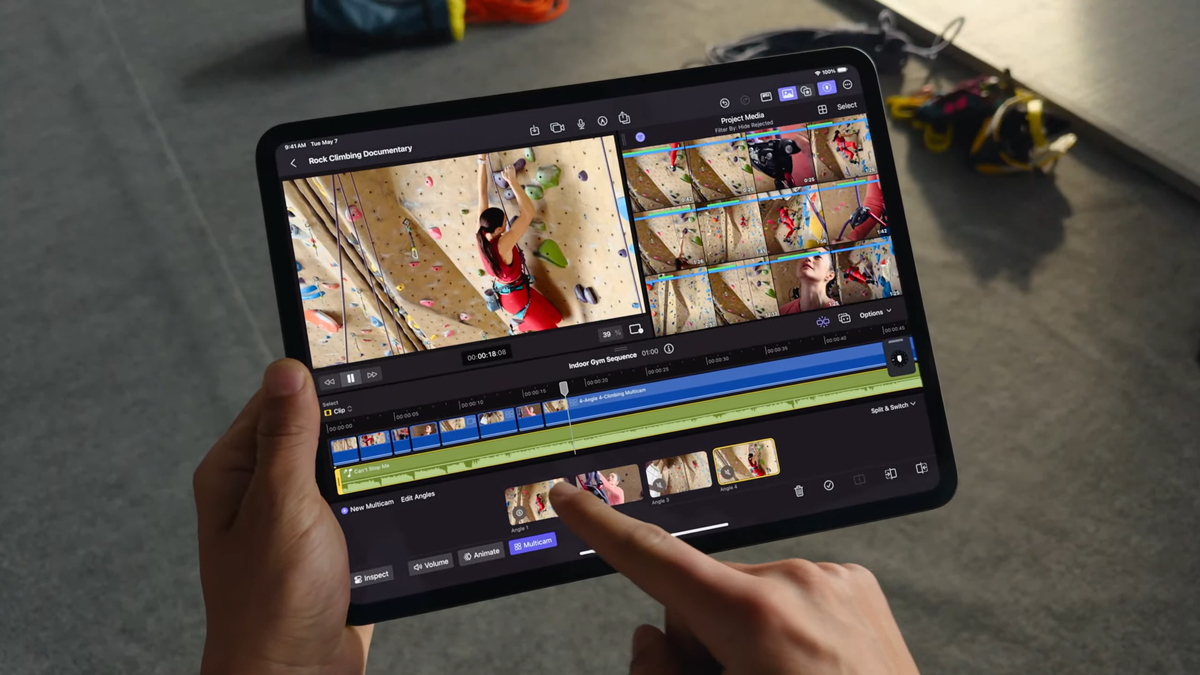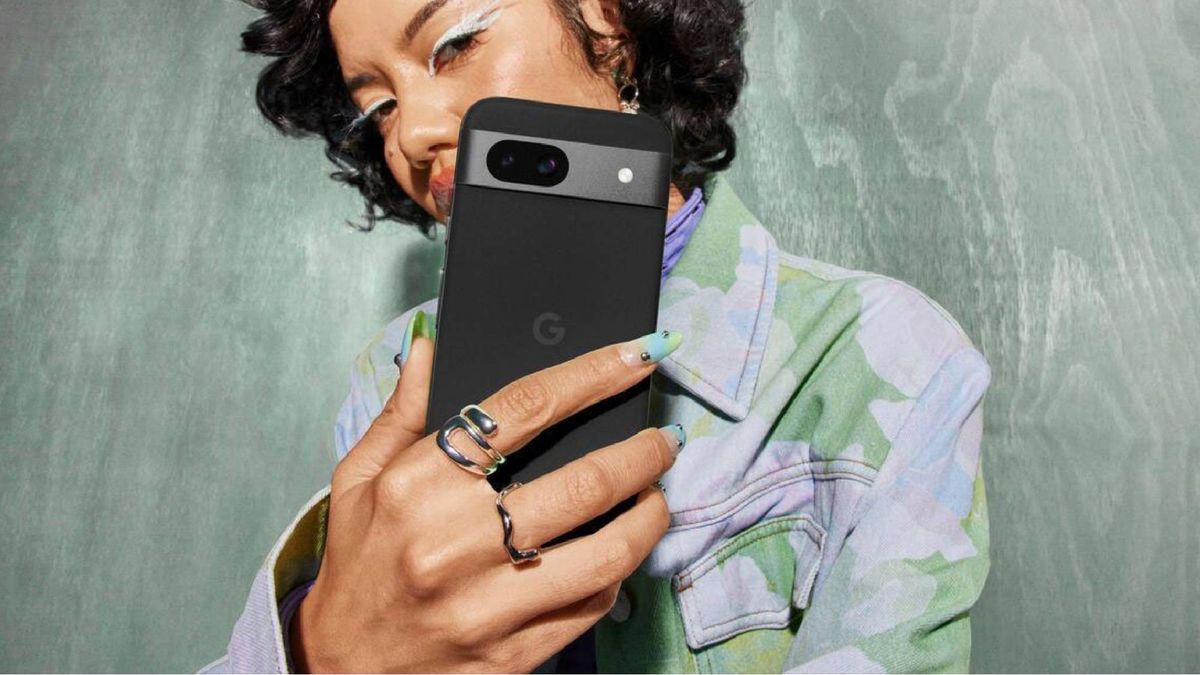
Faithfully equipped with the M system, the British photographer Sarah Ascough heads out her door, to capture the colourful hustle and bustle of quirky life in Britain. Not even the Covid-19 lockdown stopped her from regularly giving in to her passion – though the thematic focus was slightly different: while before Covid she captured people in action, now she photographed landscapes. Since then, however, social life is back in full swing, and Ascough is better than ever at preserving those small moments of interpersonal relationships. In this interview, she speaks about the origin of her passion, her optimistic outlook on life, and how the beach patrol, of all people, helped her achieve one of her favourite motifs.
You come from the coastal town of Lytham St. Annes in the North West of Great Britain. To what extent has this area shaped your photographic preferences?
Photographically, I’ve always been drawn to the lighter side of British life. The British are at their funniest and quirkiest when they are on holiday or having a day off. This part of the North West and the surrounding inland area, is a popular holiday destination for many working-class British people from the North of England, and it is great to have all of this Britishness on my doorstep. The light is fantastic here and has always inspired me to take photographs.
In general, what situations cause you to press the shutter button?
I like to walk around and react to things happening near me, rather than setting a scene in the viewfinder and waiting for something to happen. If I see a potential photograph with the people, light and composition coming together, I will usually take just one shot and move on. Sometimes, that shot might lead to others, but generally, it is just one photo.
In an earlier interview you said that the upbeat side of life interests you. Would you say that this is the main narrative of your photographic work?
Photography has been used many times as a tool to document suffering, conflict, and the darker side of our lives. This isn’t a bad thing, but I always wanted to show a lighter and funnier side of life with my work. My outlook on life is always optimistic, and I never take life too seriously. I like to think this comes through in all of my work.
How do you manage to keep the balance between a very cinematic style and a strong visual language close to the people?
I like to see the world a certain way and try and translate that into a photograph. Using just a 28mm lens for most of my career has a lot to do with the balance. The focal length gives a field of view that I find very natural, but it also forces me to work close to people. This was a struggle at first, as I had to push myself to get closer to people, to frame the photograph correctly. Over the years, I’ve become so used to getting in close, that I don’t even think about it any more. The concept of being close to the subject is natural for me now.
Do you have a favourite image you’ve taken recently, and can you tell us a little about it?
The photo of the girl leaping from the pier in Brighton. Walking along the beach, I saw some teenagers coming out of the sea. They had been jumping from a pier into the water. I decided to follow the group and took some photos of them jumping. As one of the girls climbed on the wall, members of the Beach Patrol in a small boat started to shout at her, telling her not to jump. As she jumped, she shouted an expletive and made the hand gesture you can see in the image.
Why do you prefer to shoot with the M9? And what is your favourite lens?
The M9 was the first Leica camera that I shot with. I used it for several years before replacing it with an original M Monochrom in 2020. The files from both the M9 and Monochrom have a look that I like. They seem more film-like than a lot of digital cameras. I like that mid-century, black-and-white film aesthetic, and the Monochrom especially gives me that look. I also like to stick with one thing and use it relentlessly, so it becomes second nature. It’s the same with lens choice. I use a twenty-year-old 28mm Summicron ASPH. for everything and have done since I first picked up the M9. With the Monochrom, I always use a yellow filter on the front of the lens.
What role does photography play in your life in general?
At the risk of sounding cheesy, I live, breathe, eat and sleep photography. I’m married to a photographer, and we dedicate our lives to it. Photography is how we make our living and how we relax. It’s our passion and the reason for waking up in the morning. If I don’t take pictures for even a day or two, I become restless.
Do you have any upcoming projects?
Three months before the UK went into its first COVID-19 lockdown, I started a project which looks at old age and how small clubs and local societies offer companionship, friendship, and a way of keeping fit and sharing interests. I had to put it on hold throughout the pandemic, as my subjects were all in the high-risk group; but in October 2021, I started working on it again. Photographically, I’m still a baby. I only started shooting in 2014, so everything is still new to me and it’s easy to stay motivated. I will probably die with a camera in my hands!
Sarah Ascough is an internationally published documentary photographer based in Lytham St Annes, Lancashire. Her work reflects her love of people, her eye for composition, and her sense of light and form. Her photographs invite the viewer to look beyond the obvious and explore the deeper narrative of the image. Ascough’s pictures have been published in magazines such as Elle, InStyle, Harpers Bazaar, USA Today, The Sun, The Mirror and The Mail Online. Her first book, Showfield, was accepted into the prestigious Martin Parr Foundation Library. Find out more about her photography on her website and Instagram page.
Leica M
The Leica. Yesterday. Today. Tomorrow.






